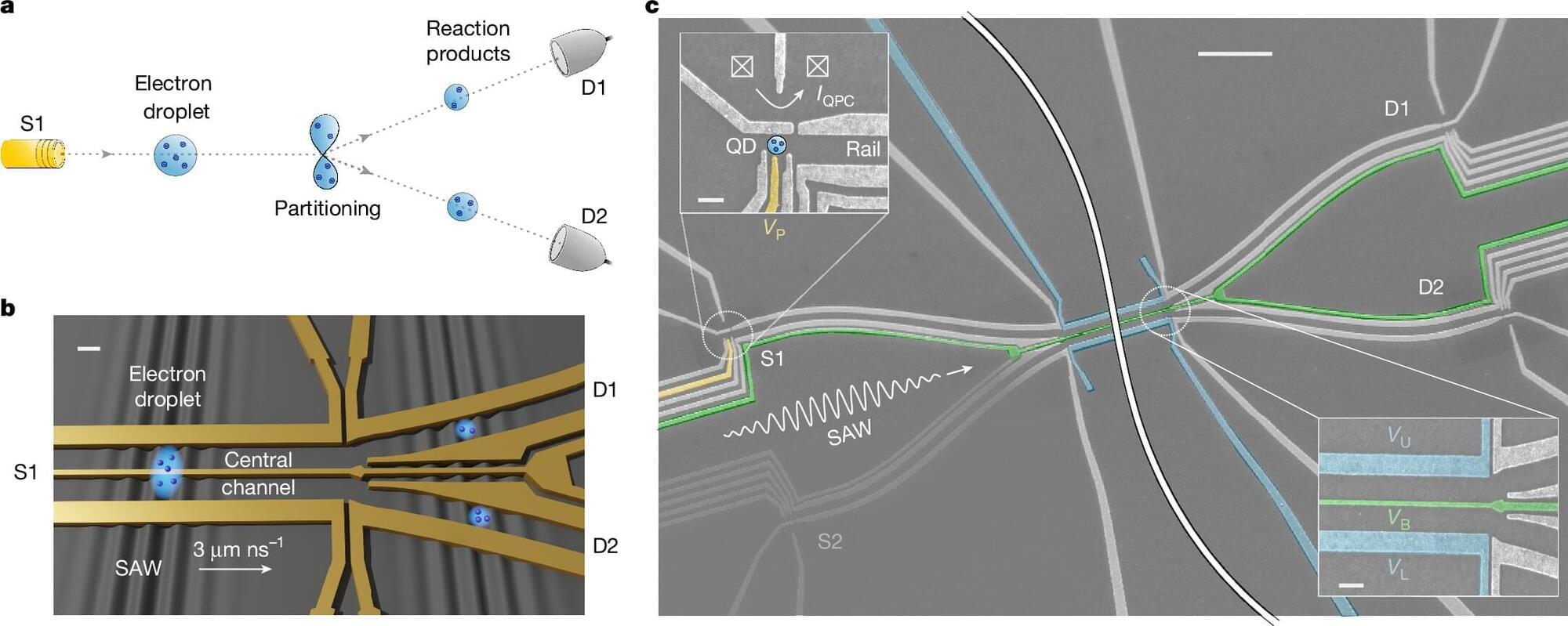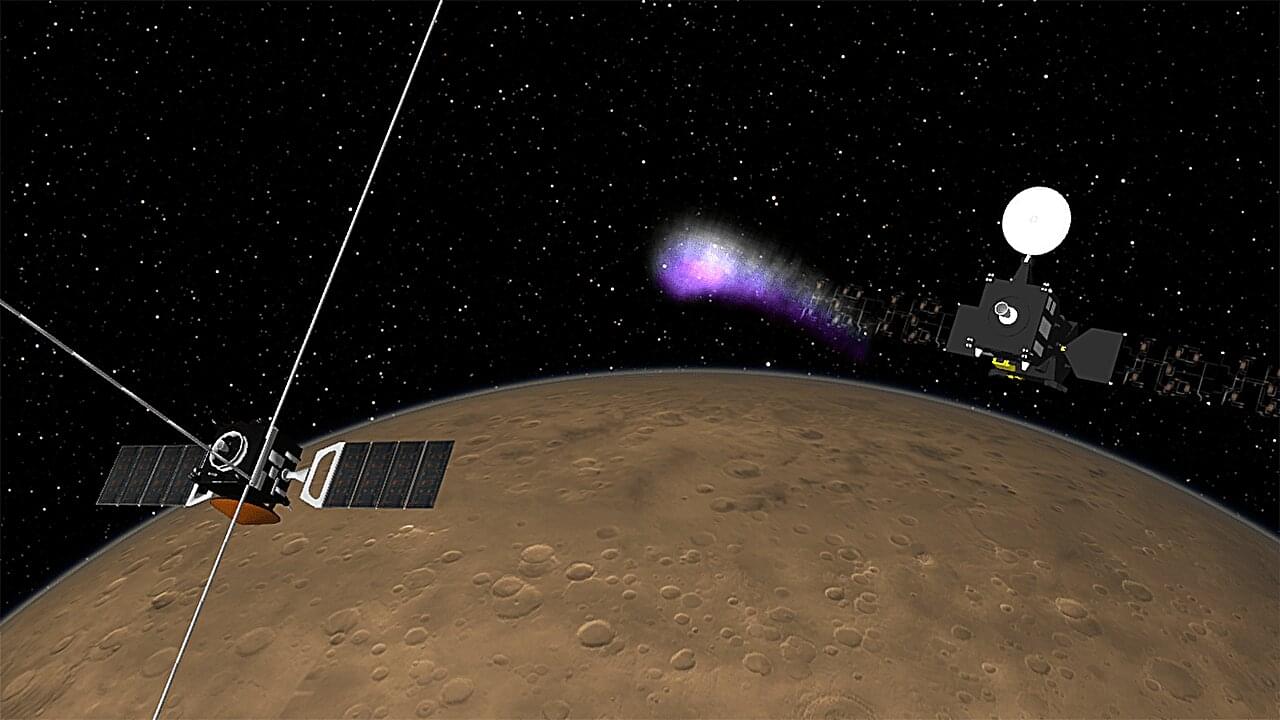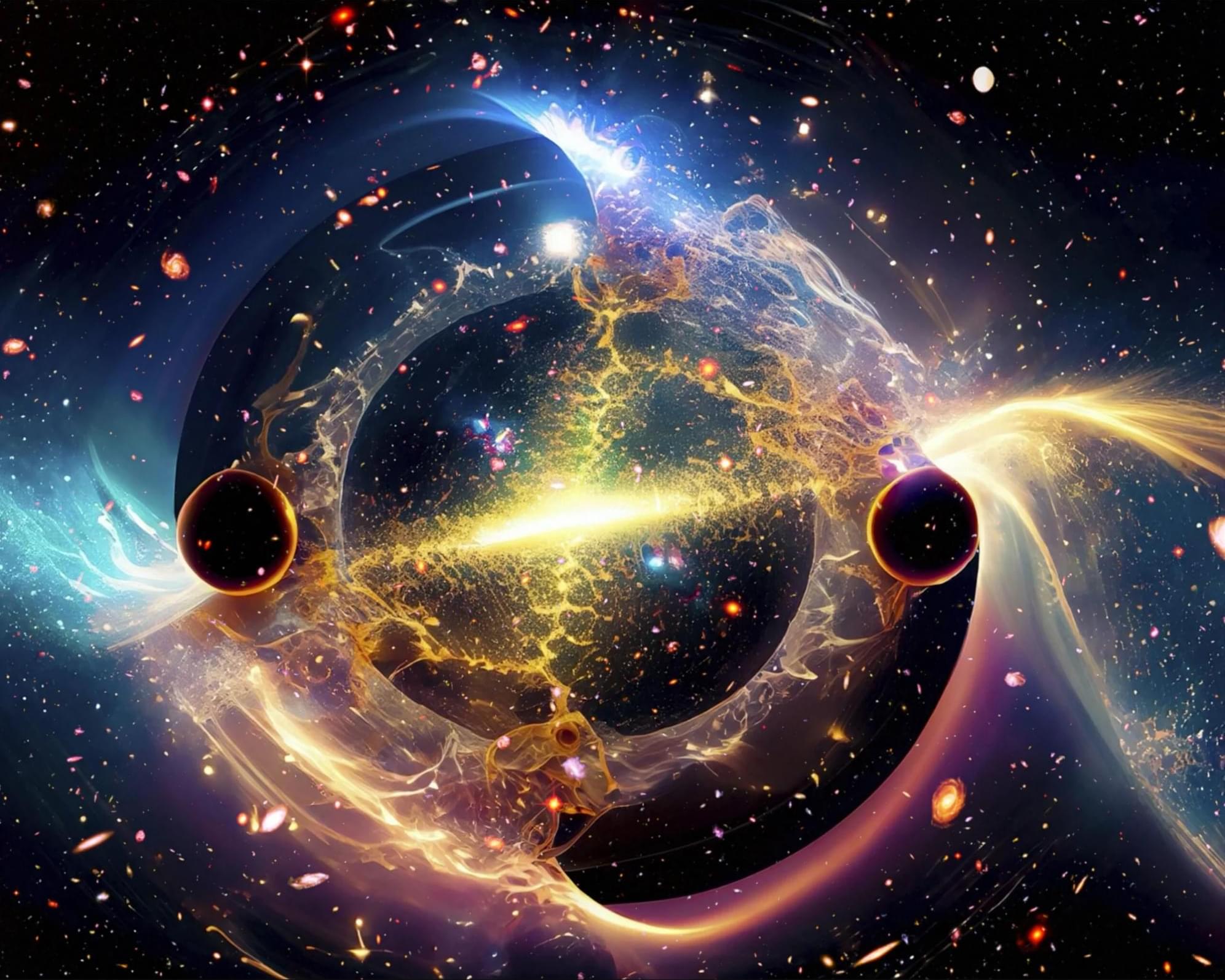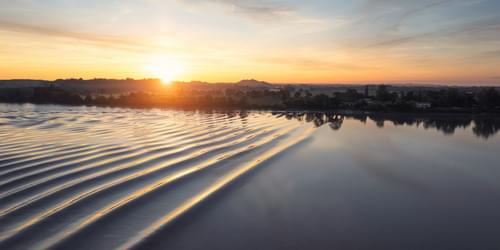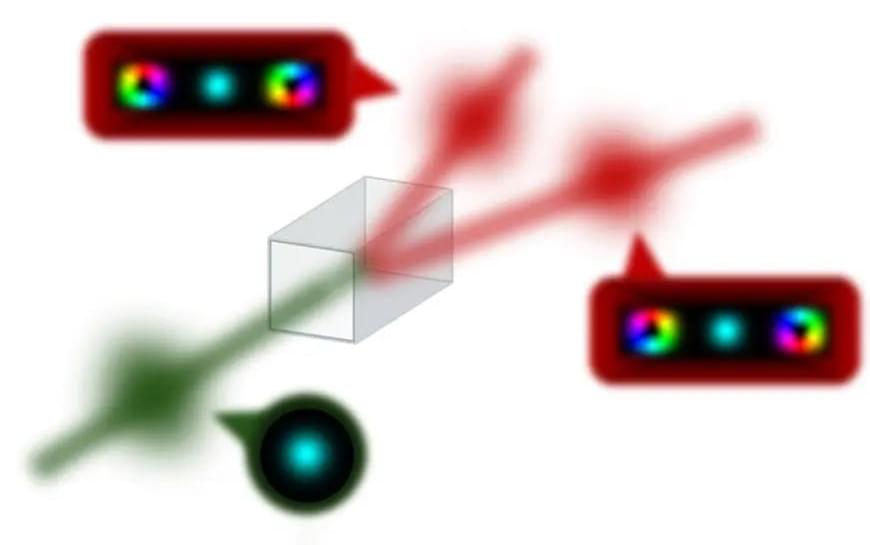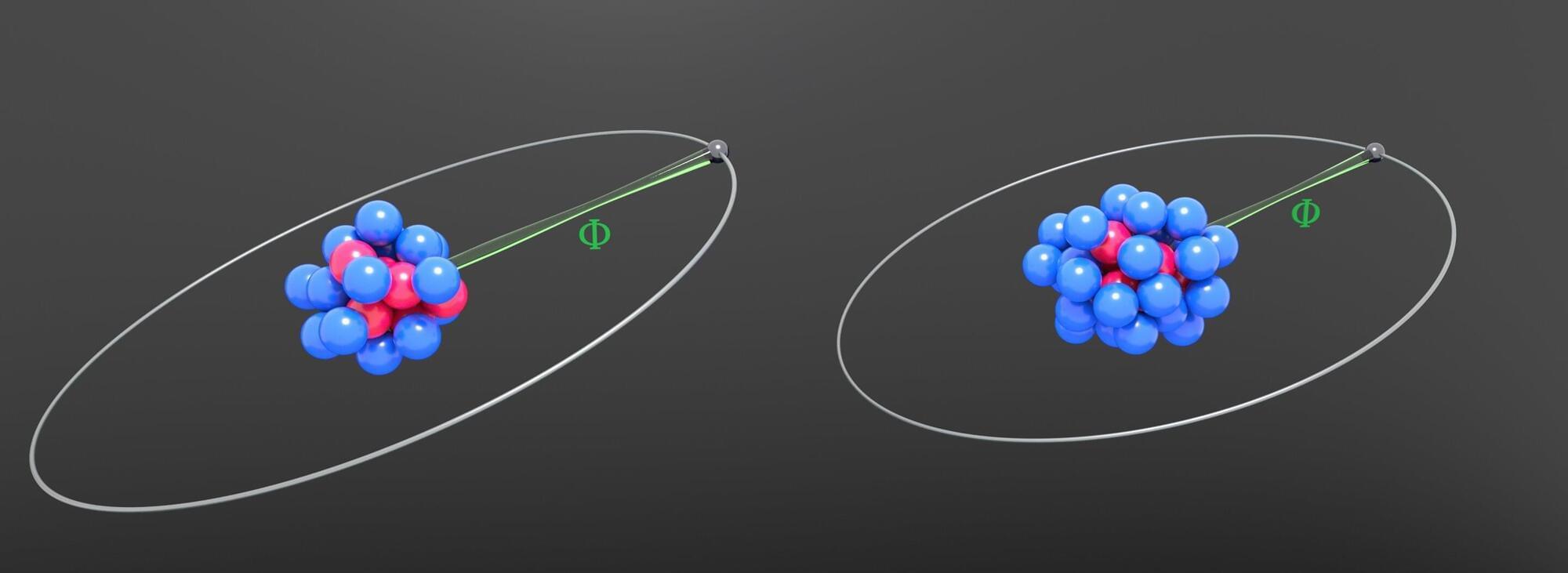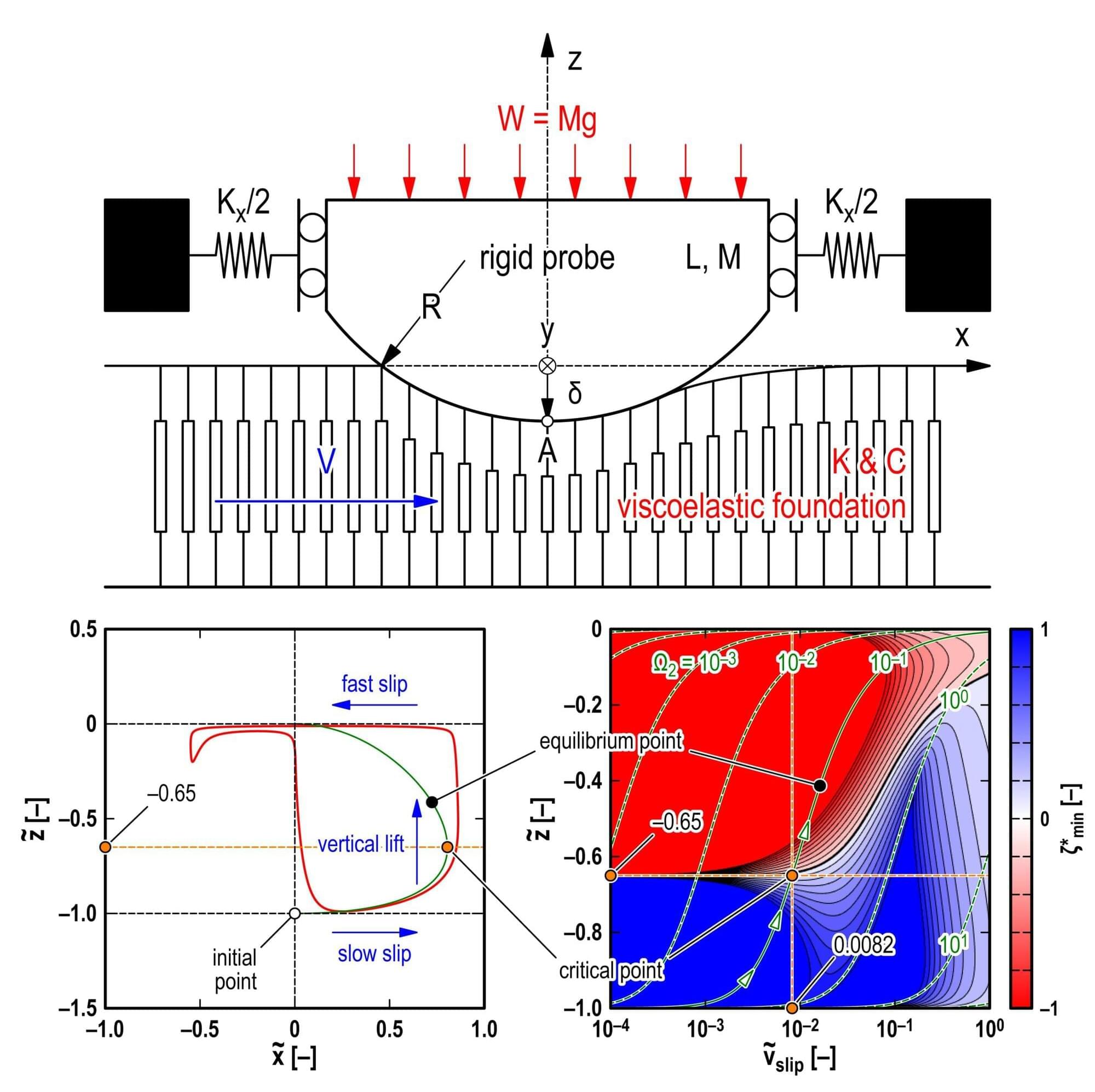Three electrons are enough to trigger strong interactions between particles. That is what was demonstrated by scientists from the CNRS and l’Université de Grenoble Alpes, in collaboration with teams from Germany and Latvia, in a study published in the journal Nature.
With the help of a tiny collider they built themselves, the researchers successfully “accelerated” up to five electrons at the same time toward a separation barrier, and counted the number of electrons present on each side.
The result: Three electrons are enough to show strong interactions between particles. With five electrons, the interactions become so intense that they imitate the behavior of hundreds of billions of electrons. Placed together, these three particles form an actual “heap” in the liquid state.
